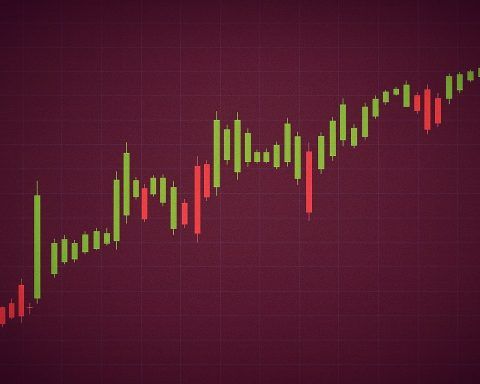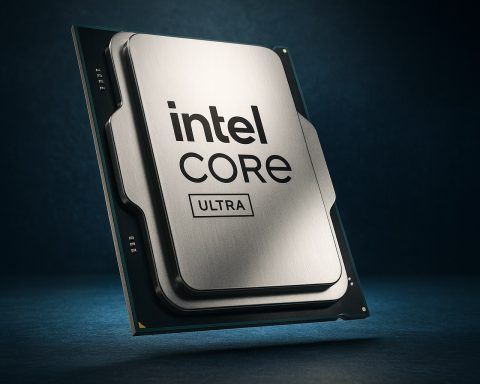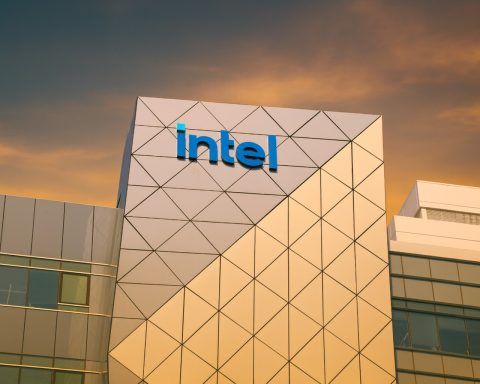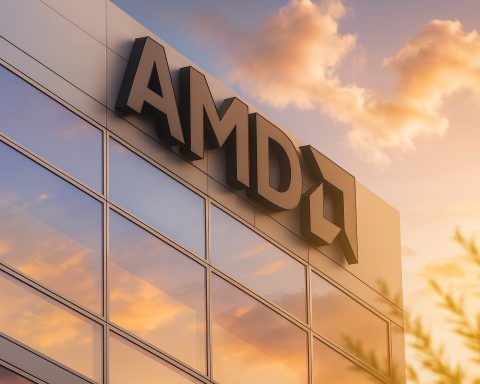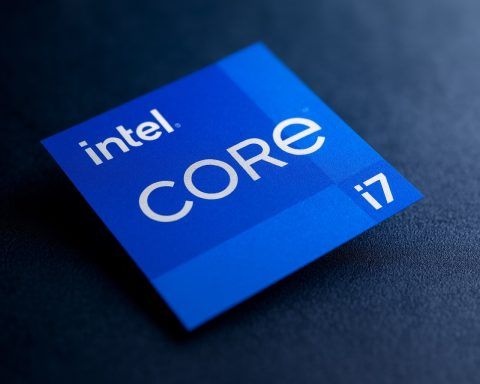
Intel (INTC) Stock Soars to Multi-Year High After $15B AI Lifeline – Will the Rally Last?
Intel’s logo displayed in an illustrative photo. The chipmaker’s stock has rebounded sharply in 2025 on hopes of an AI-fueled turnaround and major government and industry backing. (Reuters english.aawsat.com) Intel’s share price surge in 2025 marks a stunning reversal of




